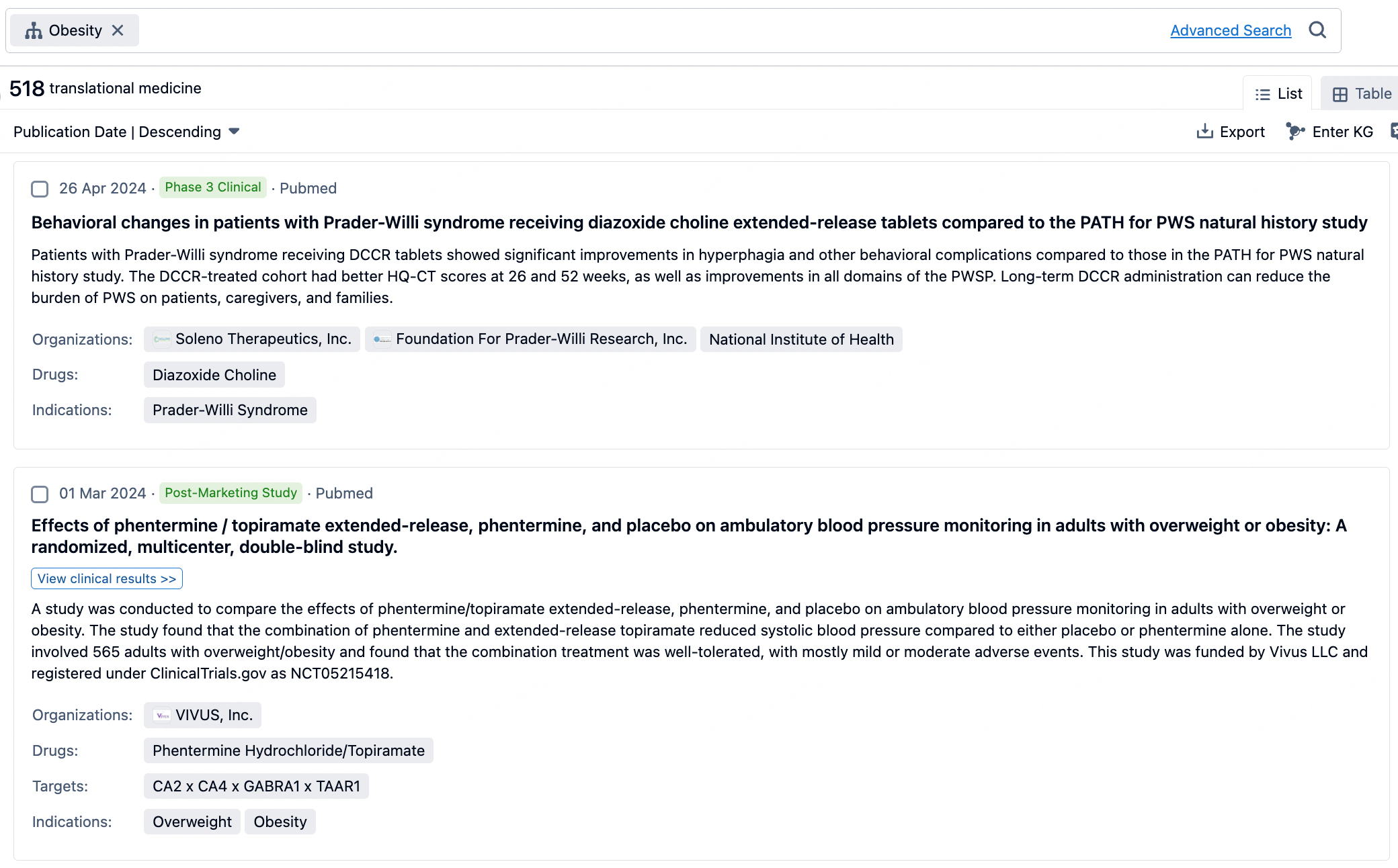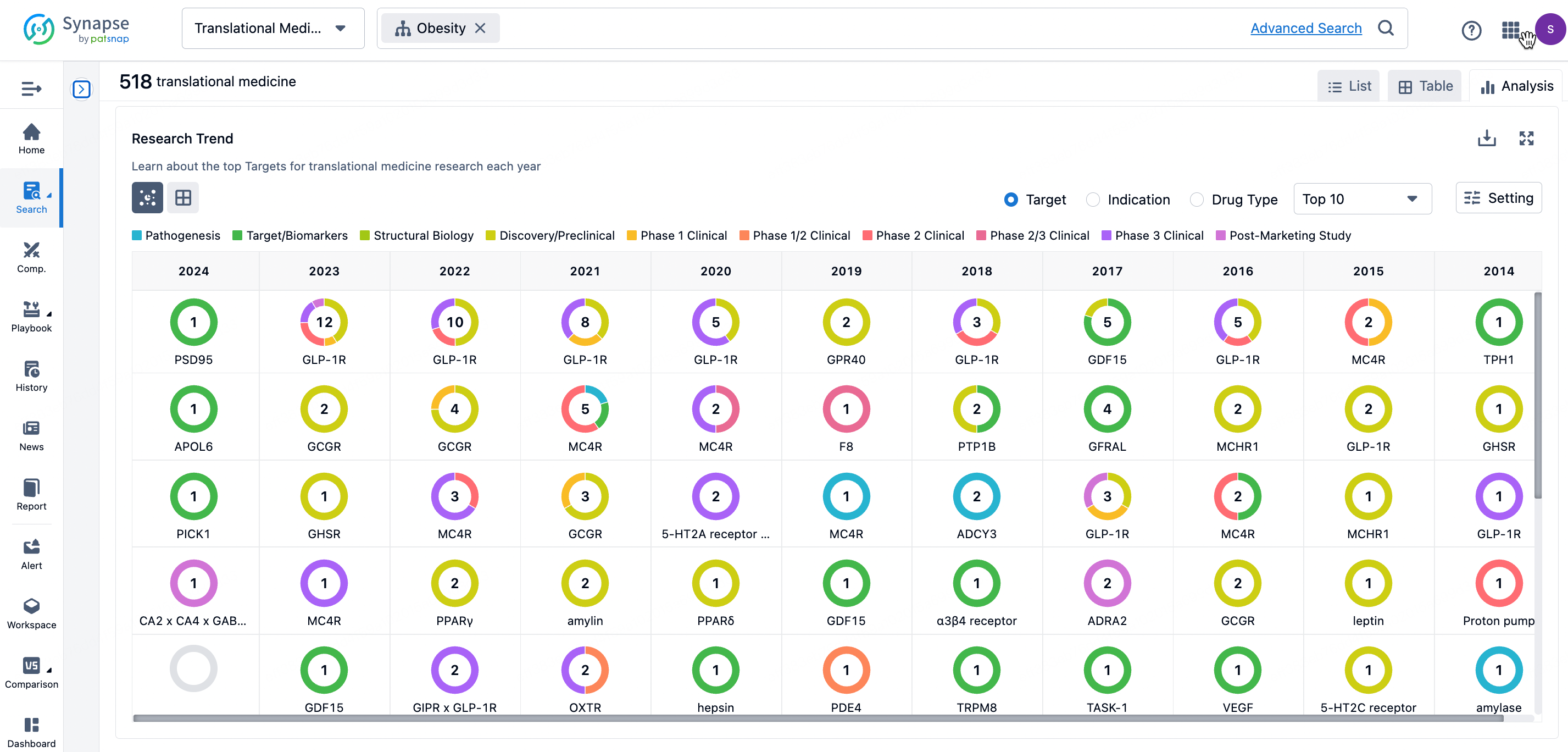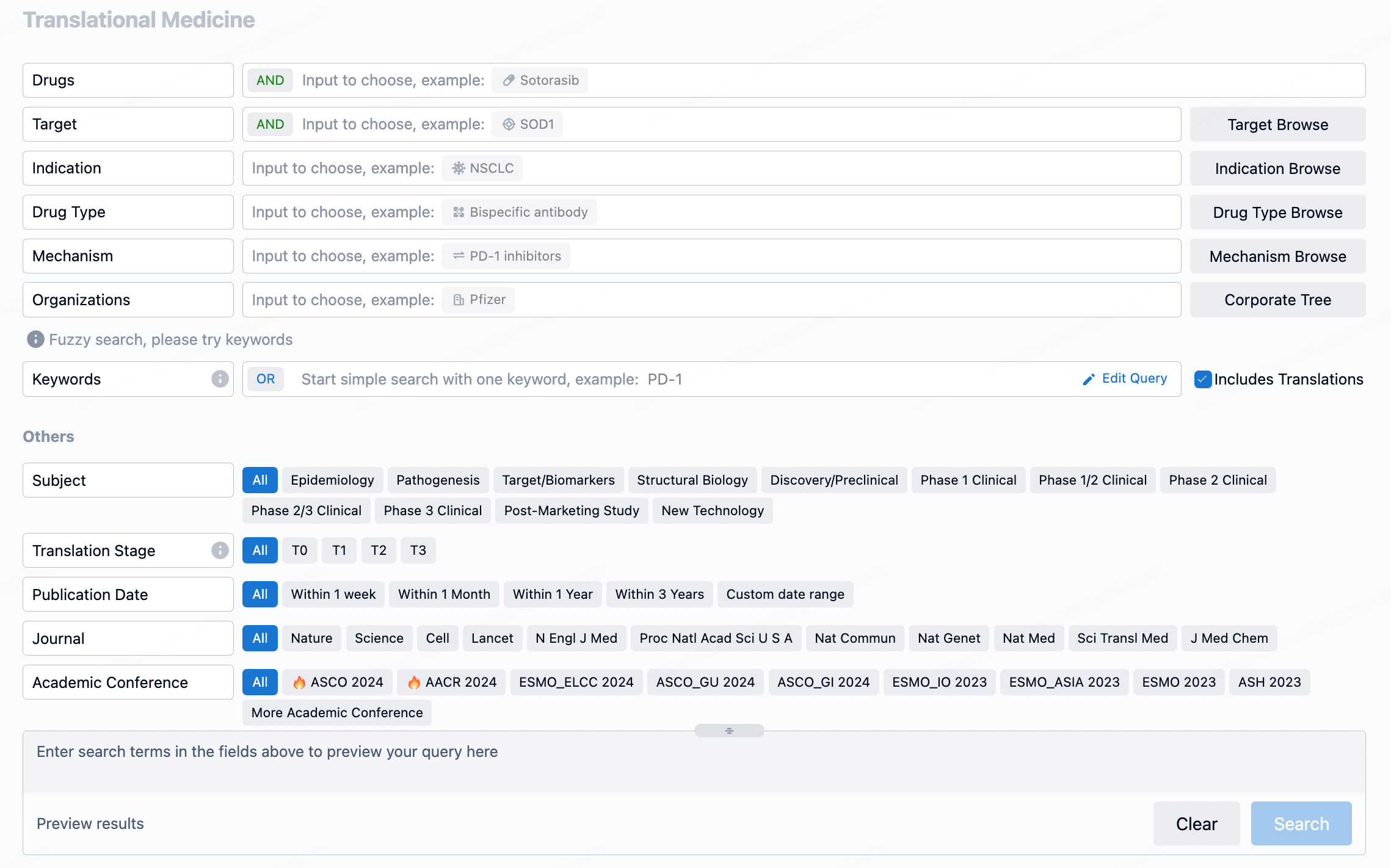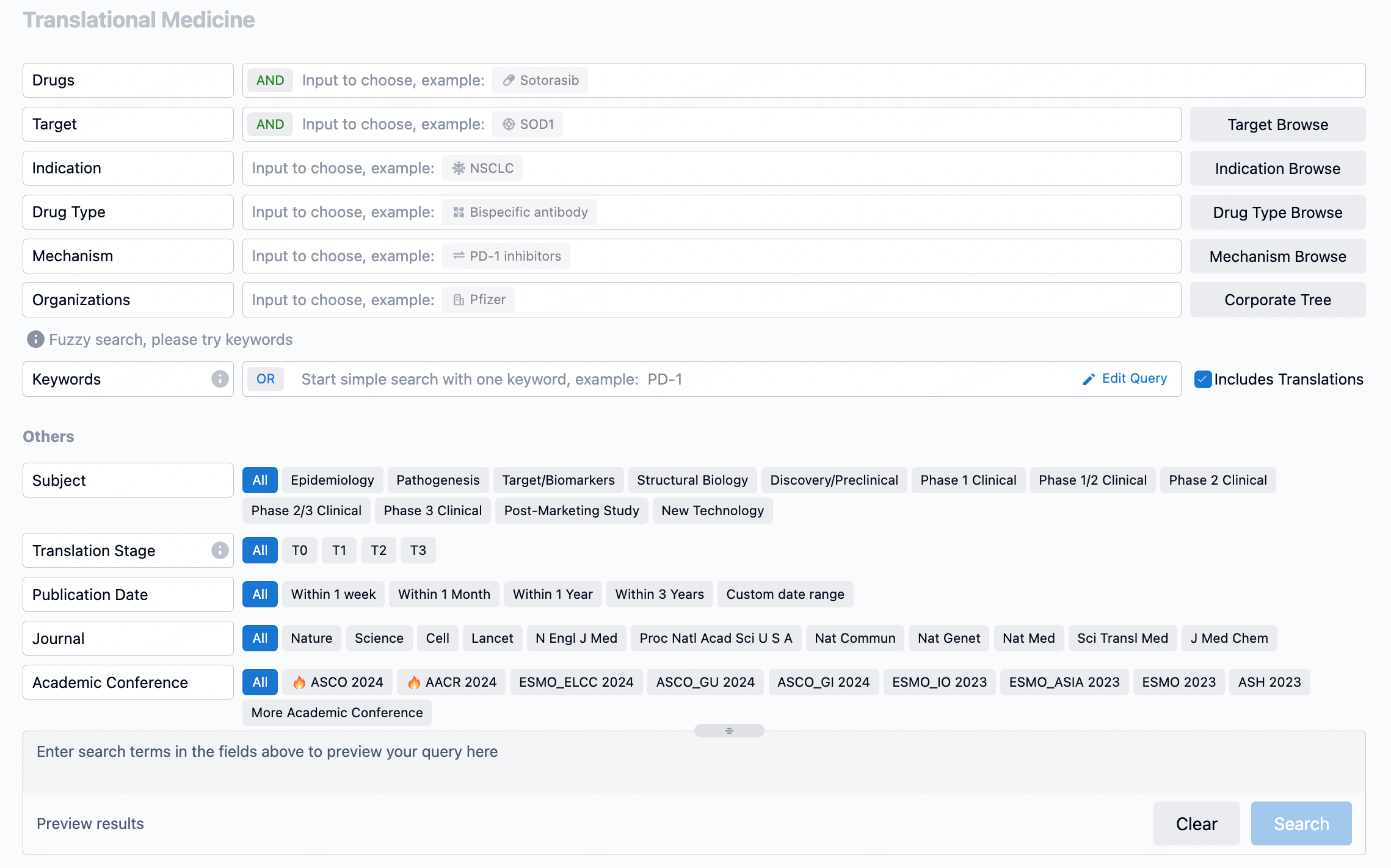Targeting IRAK4 in DLBCL: The Therapeutic Potential of CA-4948 in Xenograft Models
Researchers are developing CA-4948, an IRAK4 inhibitor, to treat hematological cancers with disrupted TLR/MYD88/IRAK4 signaling. The compound has shown to be selective and potent with in vivo activity in a TLR4-induced cytokine release model. It has favorable pharmacokinetic properties, good oral bioavailability, and tolerability in mice. Previous studies have demonstrated its dose-dependent efficacy in ABC-DLBCL MYD88-L265P xenograft tumor models using cell lines OCI-LY3 and OCI-LY10.
The study presents the results of CA-4948 tested in a panel of patient-derived DLBCL tumor xenograft mouse models. The compound showed significant efficacy in four out of five ABC-DLBCL models compared to other subtypes. It was also effective against ABC-DLBCL tumors with activating mutations in both TLR/IL-1R and BCR signaling pathways (MYD88 and CD79B double mutants). Notably, a single ABC-DLBCL model with a MYD88 L265P mutation and BCL6 translocation was resistant to CA-4948. However, a combination of ibrutinib and CA-4948 showed a synergistic effect in inhibiting tumor growth in this resistant model.
In conclusion, CA-4948 has demonstrated anti-tumor activity in ABC-type DLBCL models, including those with combined activating mutations in TLR/IL-1R and BCR pathways. This indicates the potential of IRAK4 kinase inhibition by CA-4948 as a single agent or in combination with BCR inhibitors for DLBCL treatment.
The study was presented at the American Association for Cancer Research Annual Meeting in 2017, with the abstract published in Cancer Research.
How to Use Synapse Database to Search and Analyze Translational Medicine Data?
The transational medicine section of the Synapse database supports searches based on fields such as drug, target, and indication, covering the T0-T3 stages of translation. Additionally, it offers a historical conference search function as well as filtering options, view modes, translation services, and highlights summaries, providing you with a unique search experience.
Taking obesity as an example, select "obesity" under the indication category and click search to enter the Translational Medicine results list page. By clicking on the title, you can directly navigate to the original page.

By clicking the analysis button, you can observe that GLP-1R treatment for obesity has gained significant attention over the past three years, with preclinical research still ongoing in 2023. Additionally, there are emerging potential targets, such as GDF15, among others.

Click on the image below to go directly to the Translational Medicine search interface.

